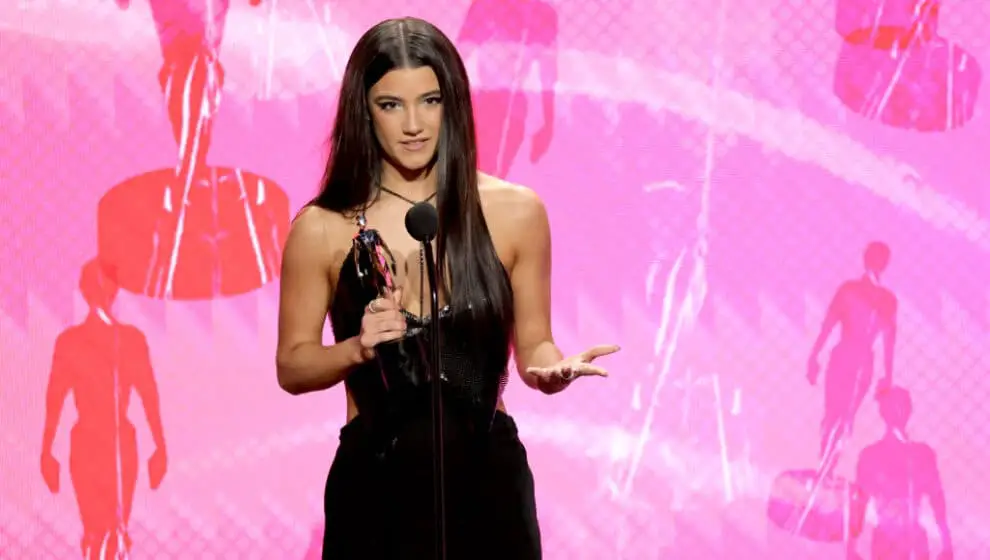The new YouTube CEO plans to push the world’s most popular video-sharing platform ahead with new innovations and creator options.
Key Details
- In a Wednesday blog post, YouTube CEO Neil Mohan outlined his vision for the company going forward.
- His priorities include “supporting the success of creators” by giving them more ways to earn revenue for content creation, and growing communities.
- He also says a major priority is “building for the YouTube of the future,” expanding the website’s feature sets with new live-television options, adding new podcasting features, increasing age-restriction and content curation features to protect younger viewers, and integrating artificial intelligence (AI) more deeply into the website.
Why It’s Important
YouTube CEO Susan Wojcicki stepped down from her position last month after nine years at the head of the world’s largest video-sharing website.
She was succeeded by Neil Mohan, who joined the company in March 2008—migrating after Google purchased his ad firm DoubleClick.
As we previously reported, Mohan entered his position with big shoes to fill, and he’s already considered some significant changes to the platform to make it more competitive and innovative—including the integration for blockchain and NFTs.
With the rise of AI chatbots, Mohan sees those technologies becoming a more significant part of the platform, integrating new features that will reinvent what YouTube is capable of while expanding opportunities for content creators.
“Creators will be able to expand their storytelling and raise their production value, from virtually swapping outfits to creating a fantastical film setting through AI’s generative capabilities. We’re taking the time to develop these features with thoughtful guardrails,” he says.
Increasingly other platforms have been challenging YouTube’s dominance, including TikTok and Facebook.
Notable Quote
“This is a pivotal moment for our industry. We face challenging economic headwinds and uncertain geopolitical conditions. AI presents incredible creative opportunities but must be balanced by responsible stewardship. Creators, viewers, and advertisers have more choices about where to spend their time than ever before, and platforms like YouTube need to deliver across a range of formats while investing in the policies that protect platforms from real-world harm,” says Mohan.
